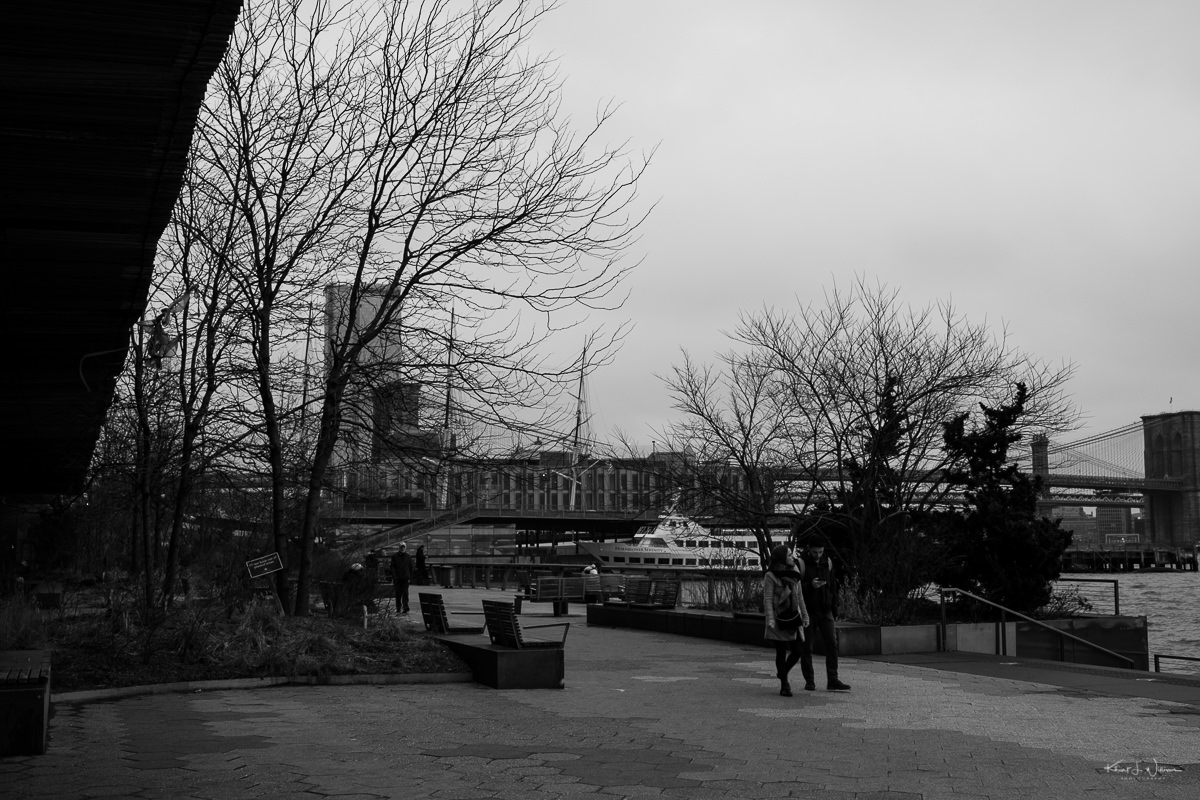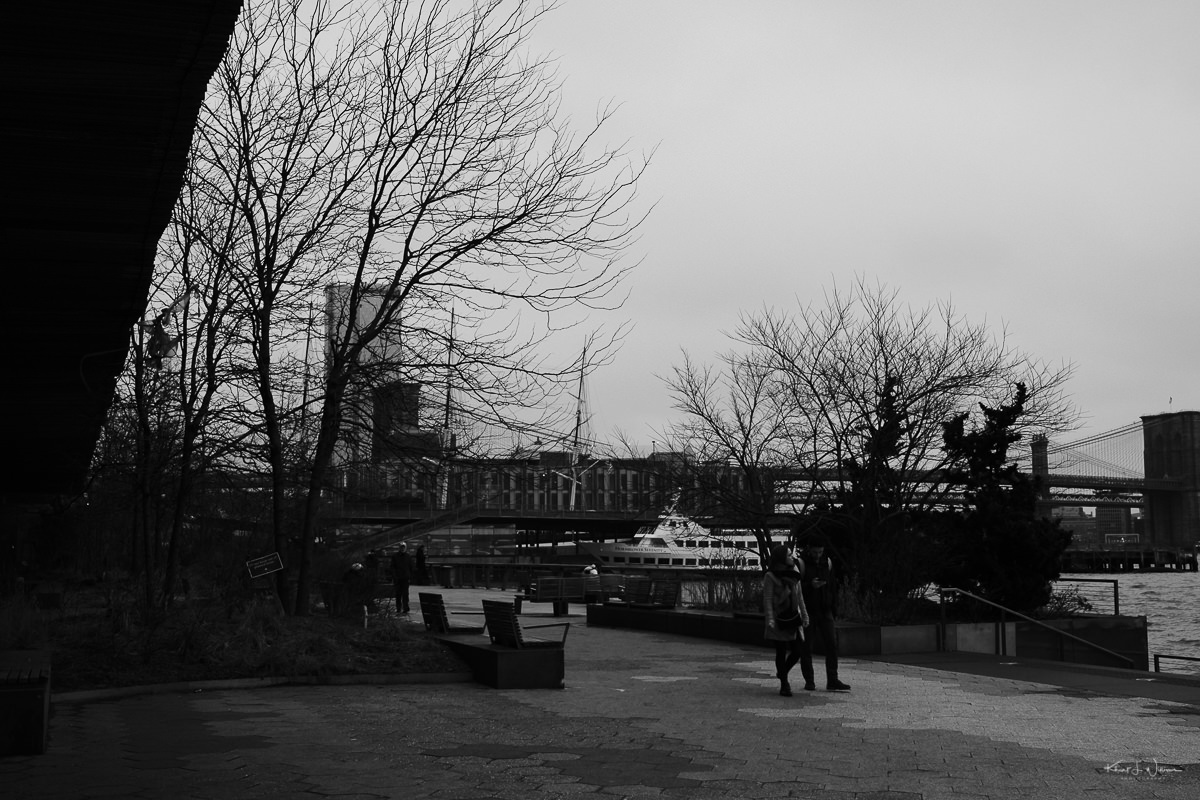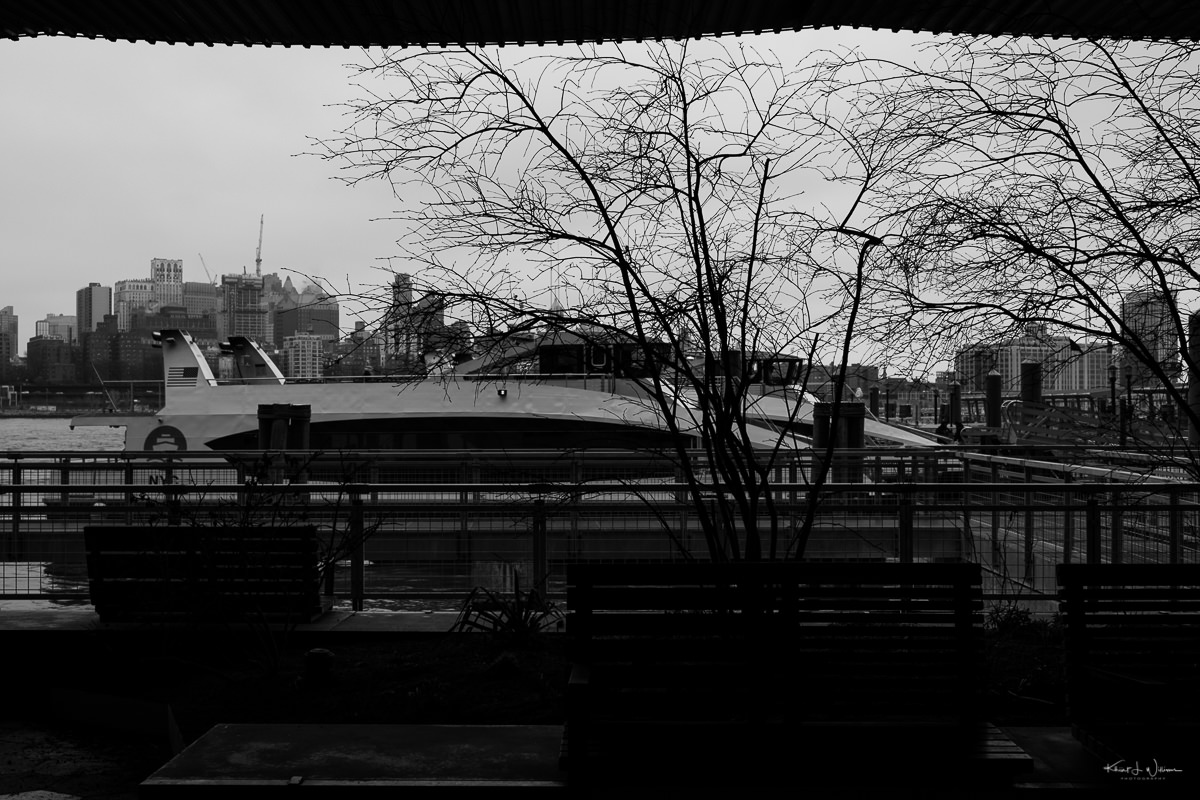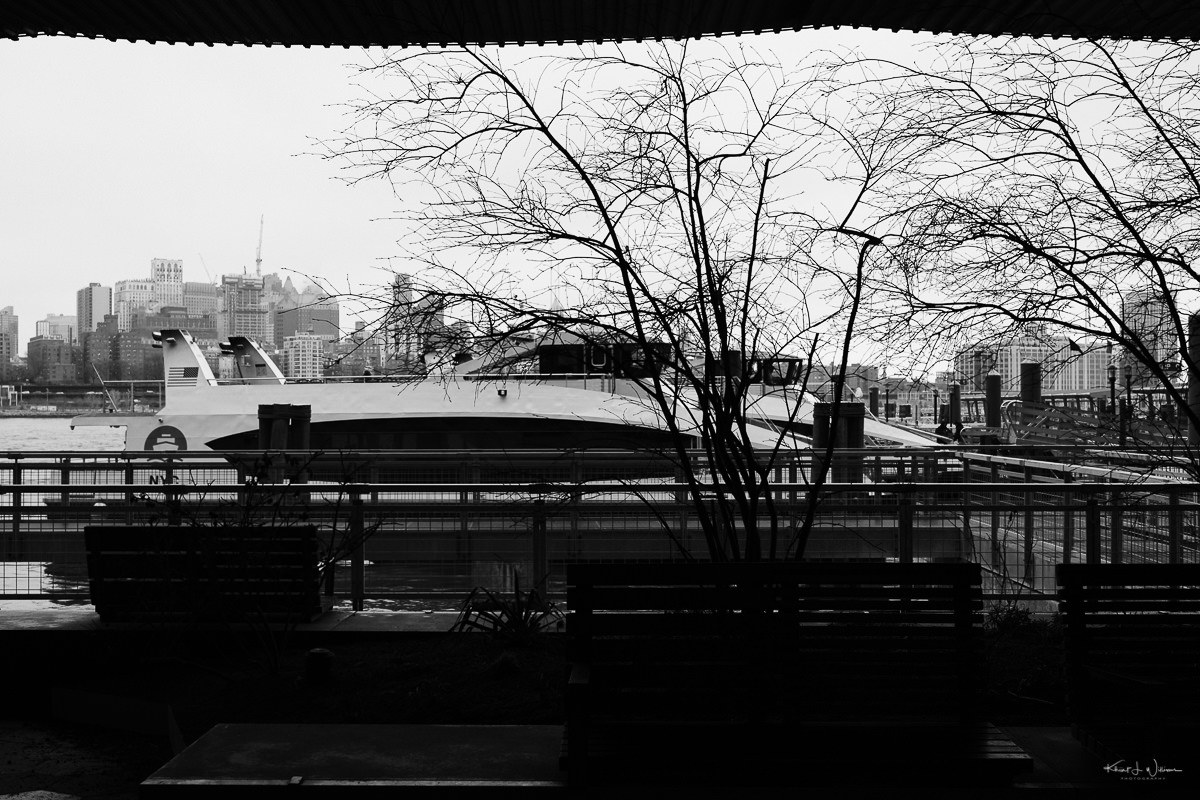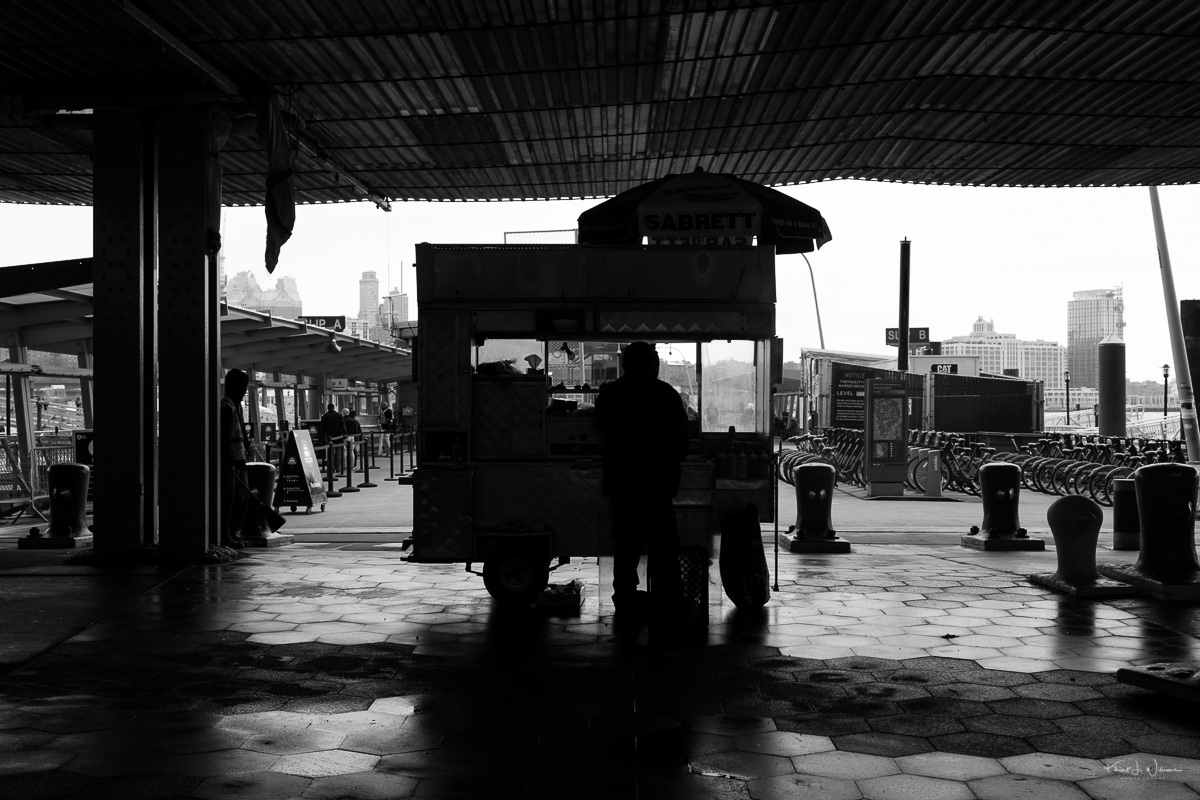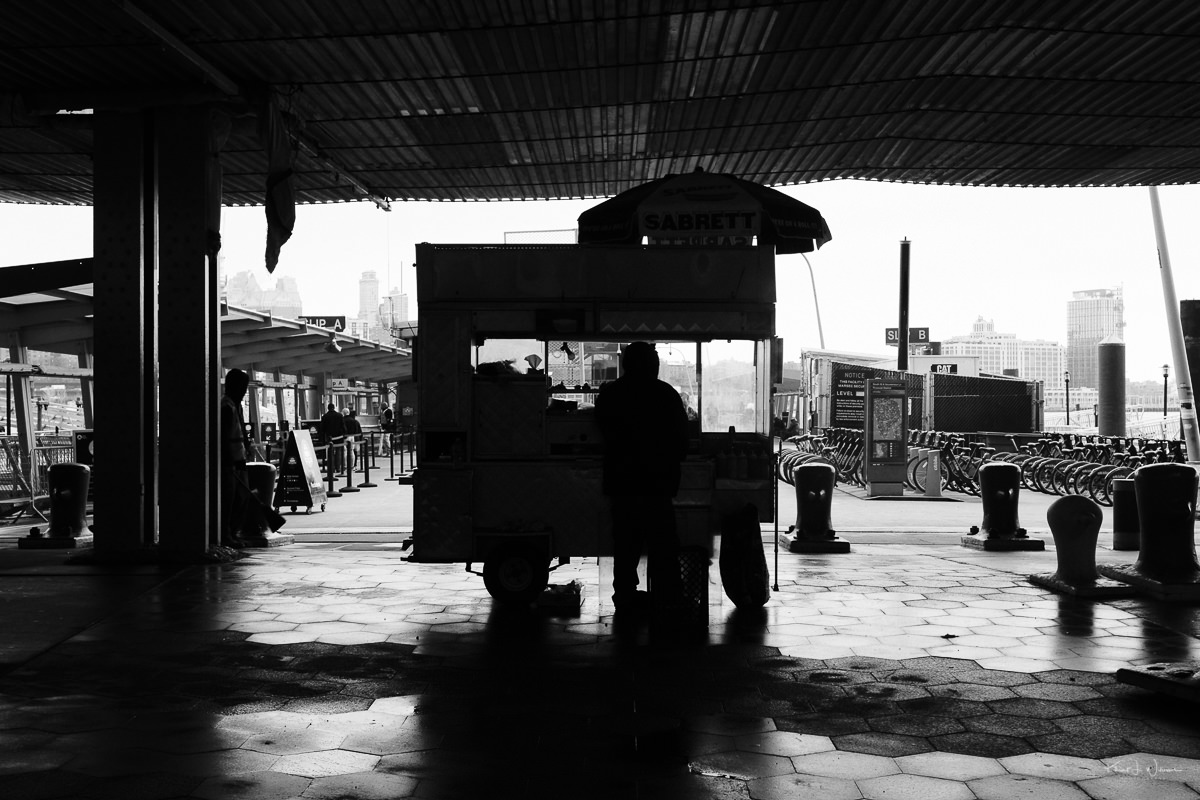These days, It's fashionable to capture images in JPEG only and post these images online as is with zero processing through Adobe Lightroom, Luminar or any photo processing software. In photo geek parlance this is called straight-out-o-camera or SOOC. The practice of using SOOC images is especially prevalent in the Fujifilm X-shooters community. Fujifilm has created excellent Film Simulations which are great starting points for photographers seeking a "film look" and for creative tweakers. Some photographers have become adept at recreating the look of classic films such as Kodachrome, Tri-X and mostly using SOOC images.
Over the summer of 2018, just after purchasing my Fuji X-T2, I started to mess around with some of the Film Simulation recipes created by Luis Costa and Ritchie Roesch and a few well known Fuji X-Shooters. These recipes attempt to create the look of classic favourite photography films like Kodachrome, Tri-X, Ektachrome, etc.. I have used some of these as starting points for my experimentation. While they produce good results, I find that in many cases the images are too dark in certain spots or too grainy. I found myself continuing to shoots RAW+JPEG, processing the RAW images in Adobe Lightroom using the Film Simulation profiles as a starting point, and then only using the JPEG images if they "looked right". Sometimes I would import the JPEG and process and do some straightening or tweaking of contrast. The SOOC image is "pre-production".
By my processing workflow has started to feel more contradictory. To me fiddling with the camera while a scene unfolds just so that I can get a SOOC JPEG can be wasted time. In the case of sports, street, wildlife, etc. , it can mean missing the shot entirely.
Either I shoot SOOC or not (it's like you can't be a little bit pregnant). I don't have this mental thing about shooting SOOC, as if that's what makes a fantastic photographer. I do believe in getting some ideas as right as I can out of the camera; for example white balance, avoiding blown out highlights, focus, and most of all composition.
So what's the point? Why complicate my "seeing" by focusing on how the JPEG image will look with a film simulation preset? And why buy into the utter bullshit about getting it "right in camera"? The aforementioned feels too much like the crap I see from the "shoot everything in manual" folks. None of that is about photography. It's all about raising an artificial self-serving bar. Why not just shoot RAW and post-process to get the look I was going? After all, Ansel Adams did most of his photography work in the dark room.
The images below are examples of Fujifilm RAW (RAF) images processed in Adobe Lightroom using the ACROS Film Simulation profile as a starting point along with the SOOC JPEG using a modified version of the Ritchie Roesch's Tri-X Push Process film simulation recipe which is itself a modified version of a black & white recipe created by Luis Costa. It was among one of the first recipes I started using with my X-T2. According to Ritchie, "The film simulation recipe that Luis invented produces results that resemble Kodak Tri-X 400 film".
The RAW images below were post-processed as follows. Apply one of the ACROS + Ye Filter film simulation profile. Apply "Auto" for white balance. Set "Contrast" to +33 and "Blacks" to -33.
My B&W Film Simulation recipe is as follows:
ACROS (Acros+Y)
Dynamic Range: DR100
Highlight: +3
Shadow: +4
Noise Reduction: -1
Sharpening: +1
Grain Effect: Off
White Balance: AUTO
ISO: Auto between 200 & 12800
Exposure Compensation: None.
Luis' original recipe had noise reduction set to -4 and less sharpening. To me, the recipe produced images that looked "waxy" and sometimes too grainy. I opted for slightly more noise reduction but much more sharpening. I kept the Highlights and Shadow settings the same. Compared to the processed RAW files, the SOOC JPEG's have more contrast with brighter whites and darker blacks. My recipe produces JPEGs that lose detail in the brightest spots, especially in the sky.
The thing is, I can't tell from the tiny LCD on the back of my display whether the image is usable or not. It's not until I import to Adobe Lightroom and view the images on my 27" iMac display, that I can differentiate and decide which I prefer or determine if the SOOC JPEG is usable.
I don't think that Ritchie or Luis are suggesting that people shoot JPEG only and I sincerely doubt they are photography snobs. These are talented photographers who I believe are genuinely satisfied with the JPEG images their camera produces. But for me, the pictures created are hit or miss in terms of the look I want, and I doubt that any "processed-in-camera" image will ever be able to do that. I am not concerned by "the endless possibilities provided by editing in Lightroom".
